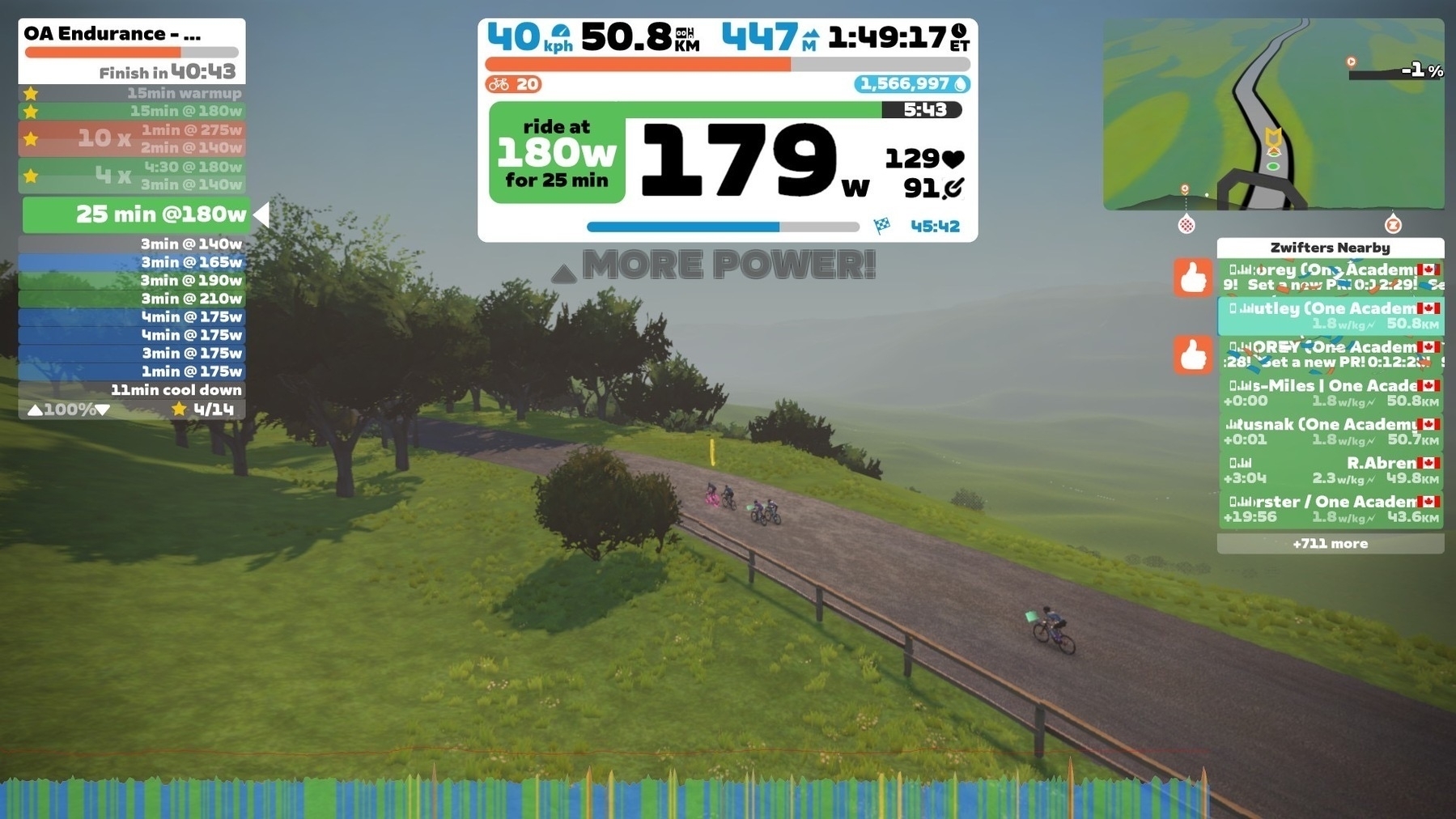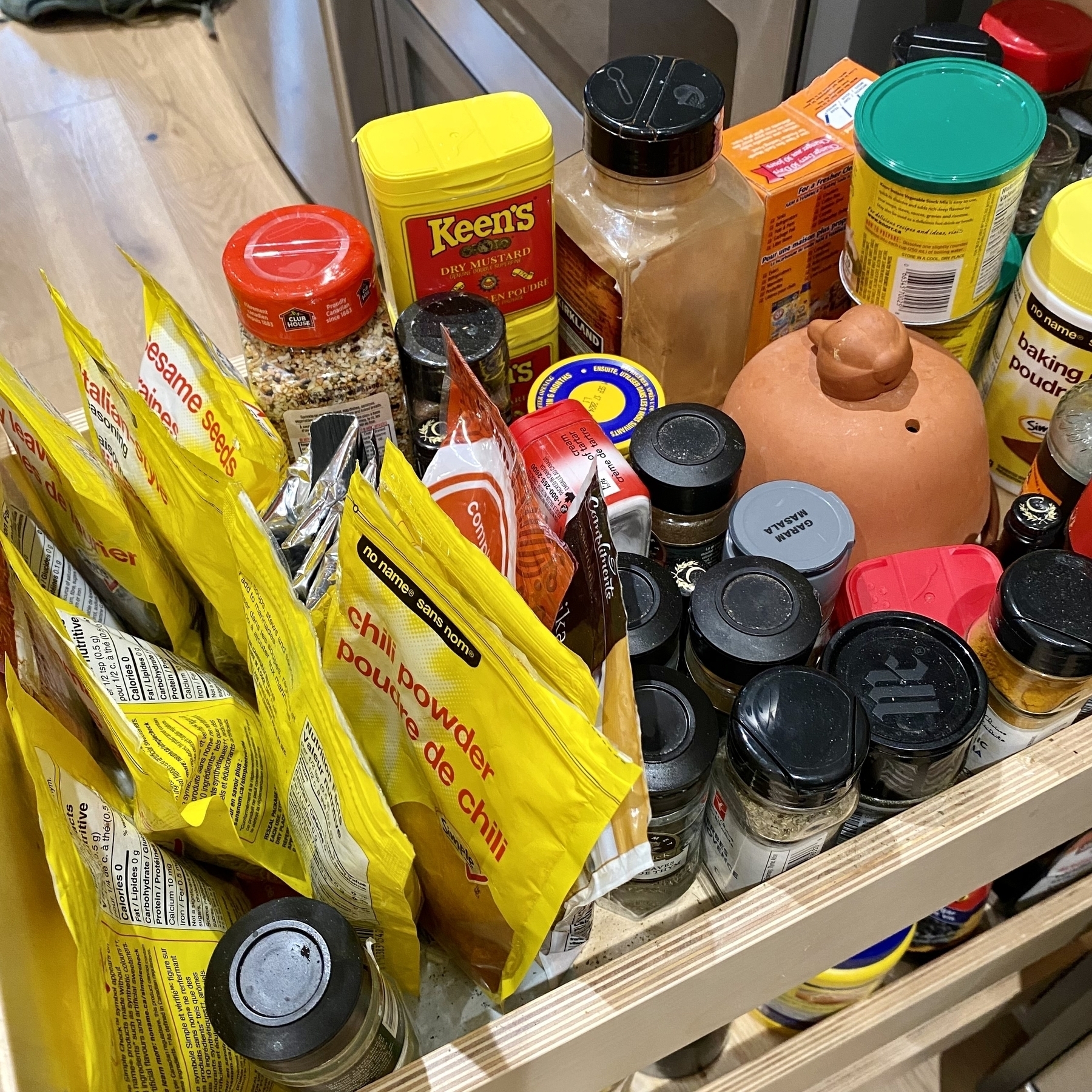🏃♂️ Good trail on today’s long run. Fun to slog through mud on occasion

🏃♂️ Good trail on today’s long run. Fun to slog through mud on occasion

We enjoyed the Stranger Things Experience. A fun mix of live, interactive action and pre-filmed material.


A nice view for my cycling avatar that makes me keen for winter to end. I’m looking forward to riding outside again 🚴

Day 31: Practice

Day 30: Mirror

Day 29: Slice

Day 28: Prompt

Day 27: Support

Day 26: Instrument

The whimsy of Zwift distracts from the difficulty 🚴♂️

Day 25: Spice

Day 24: Court

Day 23: Chance

Day 22: Insect

Day 21: Tiny

Day 20: Houseplant

Day 19: Analog

📺 Servant (2019) - ★★★☆☆
A good show. Relies pretty heavily on creepy mood, rather than plot, and dark humour.


Finished reading: The Extended Mind by Annie Murphy Paul is full of great content. I was much more cerebral in my youth and have been externalizing thought much more productively recently. This book helps confirm the approach and adds new techniques 📚
Day 18: Portico
